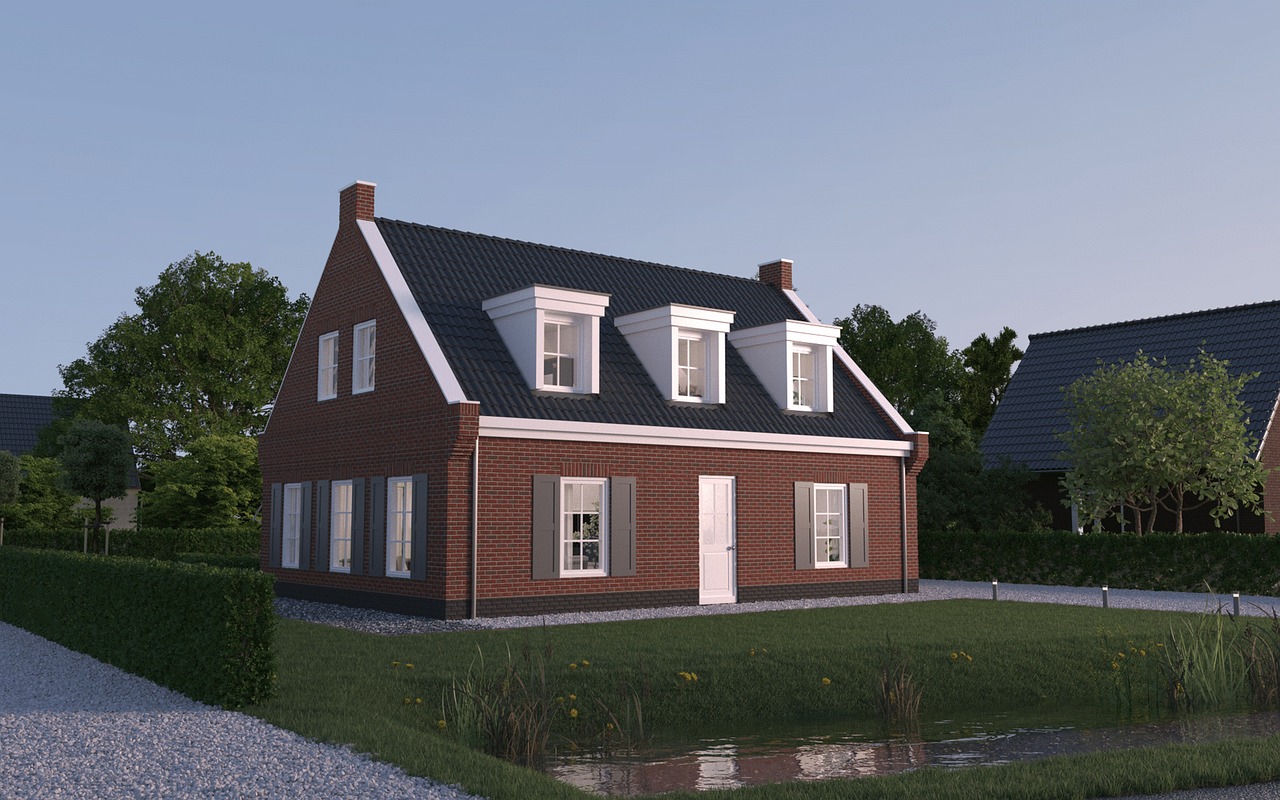Reviving Craftsman Style Urban Spaces
golden exchange, cricbet99, king567:Reviving Craftsman Style Urban Spaces
Craftsman style architecture has a timeless charm that still resonates with many homeowners and designers today. The simple, yet elegant design elements of Craftsman homes, such as exposed rafters, built-in cabinetry, and handcrafted details, create a warm and inviting atmosphere that is hard to resist. While Craftsman homes are typically found in suburban and rural areas, there is a growing trend to bring this style to urban spaces as well. Reviving Craftsman style in urban areas can add a unique character to neighborhoods and create a sense of community pride. In this article, we will explore how to revive Craftsman style in urban spaces and showcase the benefits of incorporating this classic design aesthetic into modern cities.
Embracing Craftsman Style in Urban Architecture
Craftsman style architecture originated in the early 20th century as a reaction to the mass-produced, ornate designs of the Victorian era. Craftsman homes were built with high-quality materials and a focus on handcrafted details, reflecting the values of simplicity, craftsmanship, and honesty. Today, these same values appeal to homeowners who are drawn to the authenticity and character of Craftsman homes.
In urban areas, Craftsman style architecture can be a refreshing departure from the glass and steel structures that dominate the skyline. By incorporating Craftsman design elements, such as tapered columns, exposed beams, and intricate woodwork, urban developers can create buildings that have a timeless appeal and a sense of history. This can help to humanize the urban landscape and create a more welcoming environment for residents and visitors alike.
Preserving and Restoring Craftsman Homes in Urban Areas
One of the challenges of reviving Craftsman style in urban areas is the preservation and restoration of existing Craftsman homes. Many Craftsman homes in urban neighborhoods have been neglected or altered over the years, resulting in the loss of their original charm and character. However, with the right care and attention to detail, these homes can be restored to their former glory and become a cherished part of the community once again.
Restoring Craftsman homes in urban areas requires a delicate balance between preserving the original features of the home and updating it for modern living. This may involve uncovering hidden architectural details, such as original woodwork and built-in cabinetry, and restoring them to their original condition. It may also involve updating the home’s infrastructure, such as electrical and plumbing systems, to meet modern standards while maintaining the integrity of the original design.
Creating New Craftsman Style Developments in Urban Areas
In addition to restoring existing Craftsman homes, urban developers can also create new Craftsman style developments that capture the essence of the original design aesthetic. By incorporating Craftsman design elements, such as gabled roofs, front porches, and handcrafted details, developers can create new homes and buildings that pay homage to the Craftsman style while meeting the needs of modern urban dwellers.
Creating new Craftsman style developments in urban areas requires a thoughtful approach to design and planning. Developers must carefully consider the scale and character of the surrounding neighborhood, as well as the preferences of potential buyers or renters. By working with architects and designers who specialize in Craftsman style architecture, developers can create buildings that are both beautiful and functional, adding value to the community and enhancing the urban landscape.
Benefits of Reviving Craftsman Style in Urban Spaces
There are many benefits to reviving Craftsman style in urban spaces. One of the primary benefits is the sense of history and tradition that Craftsman architecture brings to a neighborhood. By preserving and restoring Craftsman homes and creating new Craftsman style developments, urban areas can create a sense of continuity with the past and a connection to the community’s heritage.
Another benefit of reviving Craftsman style in urban spaces is the creation of unique and visually appealing architecture. Craftsman homes are known for their natural materials, handcrafted details, and harmonious proportions, creating a sense of warmth and authenticity that is hard to replicate with modern construction methods. By incorporating Craftsman design elements into urban buildings, developers can create a more human-scaled environment that is visually interesting and engaging for residents and visitors alike.
FAQs
Q: What are some key design elements of Craftsman style architecture?
A: Some key design elements of Craftsman style architecture include low-pitched gabled roofs, tapered columns, exposed rafters, square porch columns, and handcrafted details such as built-in cabinetry and leaded glass windows.
Q: How can homeowners incorporate Craftsman style into their urban homes?
A: Homeowners can incorporate Craftsman style into their urban homes by adding elements such as wood siding, gabled roofs, front porches, and handcrafted details like built-in shelving and window seats.
Q: What are some popular color schemes for Craftsman style homes?
A: Popular color schemes for Craftsman style homes include earth tones such as greens, browns, and yellows, as well as muted hues like grays and blues.
Q: What are some tips for restoring a Craftsman home in an urban area?
A: Some tips for restoring a Craftsman home in an urban area include researching the home’s history, preserving original architectural details, and working with skilled craftsmen and tradespeople who are familiar with historic restoration techniques.
Q: How can developers create new Craftsman style developments in urban areas?
A: Developers can create new Craftsman style developments in urban areas by hiring architects and designers who specialize in Craftsman style architecture, working with local historic preservation organizations, and incorporating Craftsman design elements such as gabled roofs, front porches, and handcrafted details.
In conclusion, reviving Craftsman style in urban spaces can add a unique character to neighborhoods and create a sense of community pride. By preserving and restoring existing Craftsman homes and creating new Craftsman style developments, urban areas can create a sense of history and tradition while enhancing the visual appeal of the built environment. With careful attention to detail and a commitment to quality craftsmanship, Craftsman style urban spaces can become cherished and enduring parts of our modern cities.







